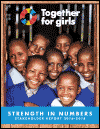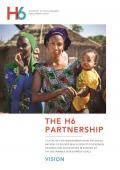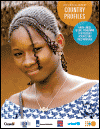Publications on Children
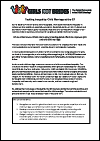
Girls Not Brides are calling on G7 countries to prioritise and act on child marriage. These advocacy briefs call on leaders in G7 countries to recognise the need for global level action on child marriage, to develop concrete solutions that are applied at the local level, and to pledge funding to support the implementation of policies and programmes to empower girls.
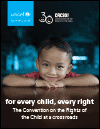
This report is intended as an advocacy tool to both celebrate the achievements of the past three decades and generate dialogue on the critical work that remains – especially for children who have been left behind. Based on the latest available data, the report outlines a selected set of issues that need urgent attention. It also advocates for all stakeholders to recommit to the Convention, stepping up their efforts to fulfil its promise in the next 30 years. Where there is political will and determination, the report concludes, children’s lives and well-being will improve.
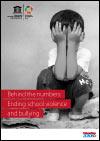
The purpose of this publication is to present a synthesis and new analysis of the available evidence on school violence and bullying, based on the latest and most comprehensive data. The aim is to raise awareness, share lessons learned and encourage countries to take evidence-based action to prevent and respond effectively to school violence and bullying.
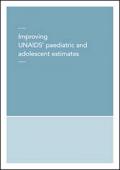
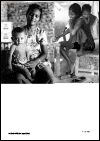
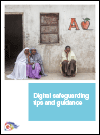
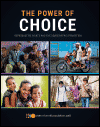
Not so long ago, most people had large families: five children, on average. Where once there was one global fertility rate, today there are many, with differences wider than at any point in human history. Family size, whether small or large, is intertwined with reproductive rights, which are tied to many other rights, such as those to health and education, adequate income, the freedom to make choices, and non-discrimination.






